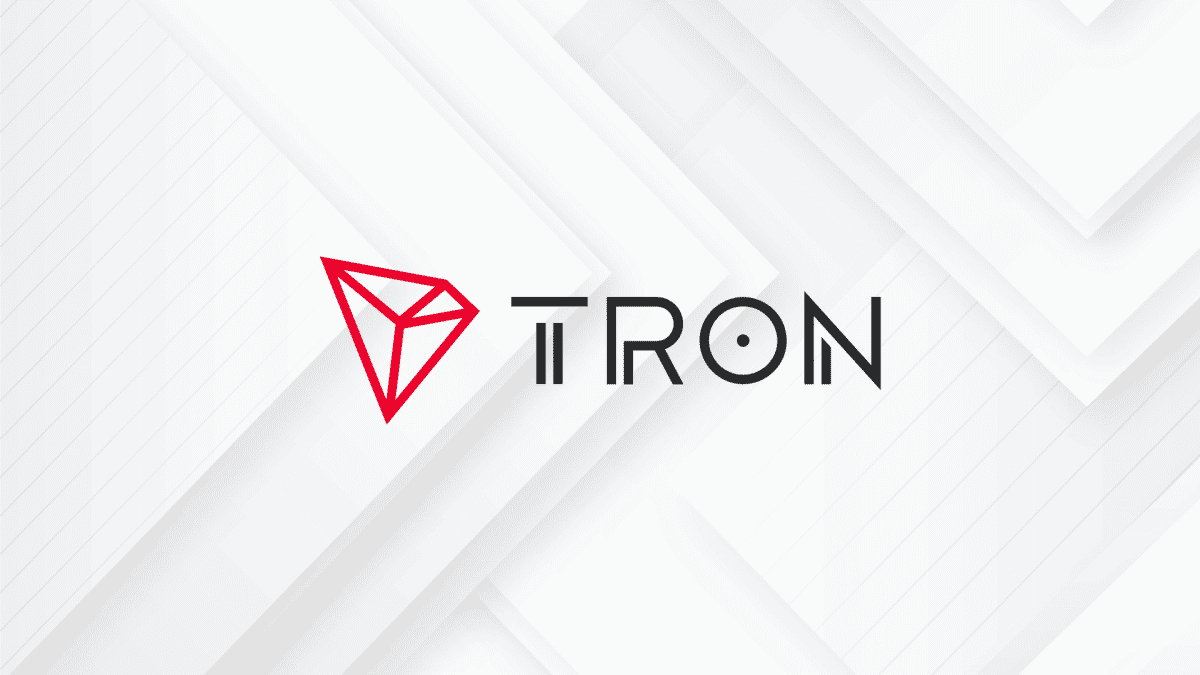Illicit use of blockchains represents just 0.4% of total crypto volume, TRM Labs finds
Quick Take TRM Labs found illicit volume is down 24% since 2023 to $45 billion, representing just 0.4% of overall crypto transactions. Crime is particularly down on TRON, which last year launched a partnership to monitor for criminal activity with TRM Labs and Tether.

Crypto crime is dropping, and nowhere faster than on blockchain often called out for illicit use, TRON, according to a preview of TRM Labs’ 2024 Crypto Crime Report.
Illicit onchain volume is down 24% since 2023 to $45 billion, according to the blockchain intelligence company, and represents just 0.4% of overall crypto transactions. This is despite crypto transaction volume growing 56% last year to over $10.6 trillion.
The firm attributes this drop to increased efforts to curb illegal activities by law enforcement and crypto industry participants.
Nowhere is this more apparent than on TRON, the blockchain founded by prominent founder Justin Sun which recently launched a partnership looking to “identify and disrupt criminal networks” alongside Tether and TRM Labs.
Together with law enforcement agencies around the world, the so-called T3 Financial Crime Unit claims to have frozen around $130 million USDT worth of assets connected to suspected crimes, the group announced earlier this month. The group has monitored over $3 billion worth of USDT transactions since spinning up in August.
This strategy has appeared to pay off, as TRM Labs now says illicit use of TRON is falling fast. “TRON experienced the most significant decline in illicit activity, with illicit volume dropping by $6 billion and the proportion of such activity nearly halving,” the company wrote.
That said, TRON remains the most-used blockchain for criminal activity. According to the same report, TRON accounts for 58% of total illicit volume compared to 24% on Ethereum and 12% on Bitcoin, which “reflects a continued preference for blockchains that have low transaction fees, smart contracts and popular stablecoins.”
This is in line with a 2024 United Nations report that alleged USDT transactions facilitated with Tron’s TRC-20 protocol are “a preferred choice” for bad actors. According to Tether, there’s nearly $60 billion in USDT on TRON, the largest issuance behind Ethereum.
According to the report, sanctions violations account for about a third of illicit volumes across all monitored networks while scams and fraud account for about a quarter of it. “Fraud-related inflows dropped by 40% in 2024, but remain high at $10.7 billion,” the firm wrote.
Pig butchering, an investment scam that grooms people by gaining their trust, also declined with an estimated $2.5 billion stolen. It’s worth noting these figures are typically revised up as more instances are disclosed and investigations close in the coming months.
However, there are instances where crime is up. The number of ransomware attacks and hacks, particularly by North Korean and Russian actors, are both up. Reportedly, the financial demands of ransomware actors have reached “unprecedented levels.” TRM Labs also found that terrorist financing through crypto also grew in 2024.
“Ultimately, the fight against crypto crime requires a proactive, collaborative approach,” TRM Labs said. “Regulatory bodies, law enforcement agencies, and private sector partners must continue to adapt, innovate, and cooperate to outpace increasingly sophisticated threat actors.”
Disclaimer: The content of this article solely reflects the author's opinion and does not represent the platform in any capacity. This article is not intended to serve as a reference for making investment decisions.
You may also like
New spot margin trading pair — H/USDT!
HUSDT now launched for futures trading and trading bots
New spot margin trading pair — NEWT/USDT!
NEWTUSDT now launched for futures trading and trading bots
